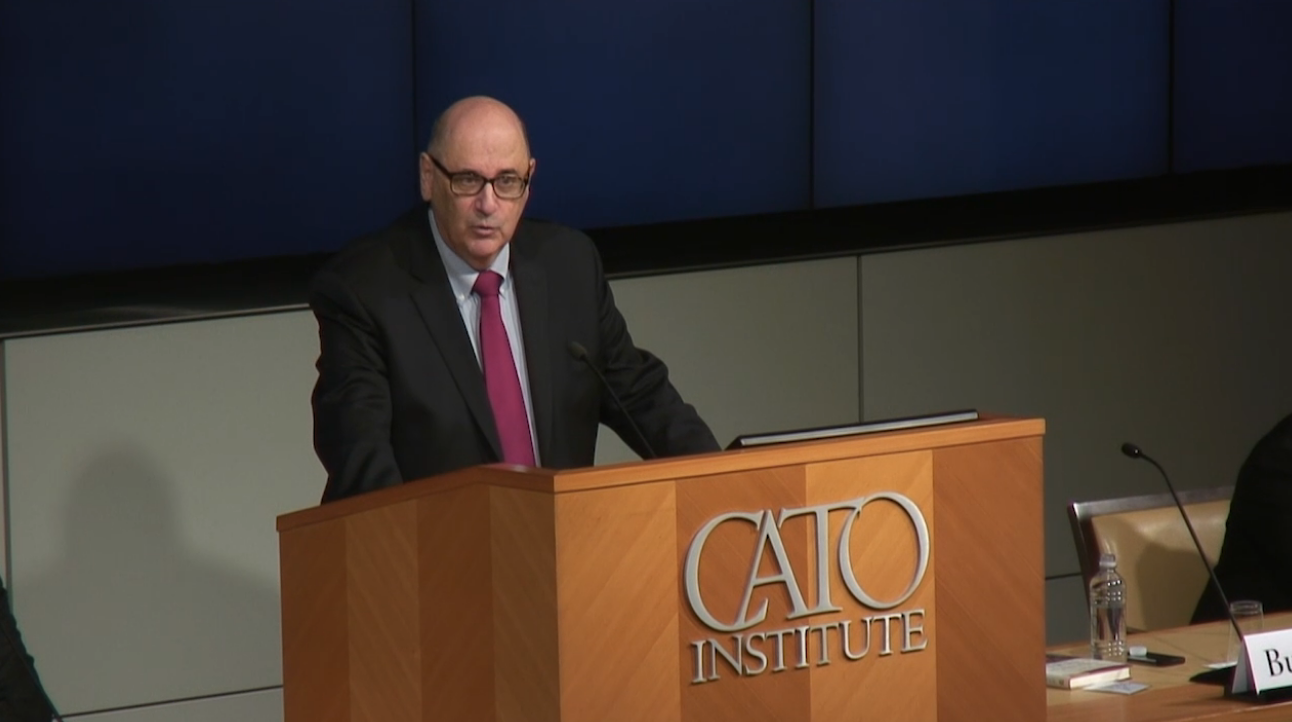Here at CCP, we often lament how difficult it is to get accurate information out to the public about campaign finance issues. The challenge is so great because many important voices in our public debate – elected officials, media organizations, and special interest groups – have incentives to advance a faulty and distorted narrative of “big money” corrupting the democratic process.
For elected officials, this story is useful because restrictions on fundraising and campaigning exacerbate the advantages incumbents hold over challengers in elections, such as name-recognition with voters and connections to powerful people in media, industry, and politics. For the media, the story serves the function of transforming the messy and nuanced reality of money’s role in politics into a simple and exciting story for readers and viewers complete with a cast of eccentric villains (those wealthy donors and their so-called “dark money”) to fear and root against. Interest groups use the story to advocate for changes to the law that they believe will aid their political agenda or harm their opposition, and these groups have been quite successful in setting the terms of public debate around money in politics, having pushed charged terms like “dark” money, “clean” elections, and “sunlight” in politics squarely into the mainstream. That these groups are known as the “reform” community is proof enough of their success in messaging.
A useful story isn’t necessarily true, however. As we often point out, research into the role of money in politics has generally rebutted the pessimistic view of its corrosiveness, instead finding that money does not buy votes, that there really isn’t a ton of it in politics, and that various forms of campaign finance regulation have no measurable impact on corruption or citizens’ trust in government.
We like to offer a tip of our hats when we find someone recognizing these oft-forgotten realities about campaign finance. Today it’s Bob Bauer, who earns our praise for two recent posts on his More Soft Money Hard Law blog.
In a post titled “Campaign Finance, Polarization, and the Case of the Lost Car Keys,” Bauer discusses a recent American Political Science Association Task Force report on campaign spending and polarization. He notes that the report’s co-authors “refer to the research that shows the “weak connection” between contributions and roll call votes, and between campaign spending and election outcomes. One would not know this from standard media coverage of the issue. This is not to say, of course, that money in politics does not present important public policy issues. But one is reminded once again that much of what passes for a telling critique of campaign finance in America is weakly or inconsistently supported by social science research.”
This is certainly true, and anyone looking for deeper reading on the topic can start with the literature review in this paper by CCP Academic Advisor and Professor of Government and Law at Harvard University, Stephen Ansolabehere, which synthesizes the findings of over 40 scholarly articles investigating the impact of PAC contributions on roll-call votes (see “Section 4. What Explains Legislative Decisions?”).
Bauer’s second recent noteworthy entry discusses a flawed report by the Center for Responsive Politics and Sunlight Foundation on the policy implications of McCutcheon v. FEC, if the Supreme Court decides to eliminate the biennial aggregate limit. Bauer explains how CRP and Sunlight use misleading examples to advance their hyperbolic argument, such as when the report discusses an enforcement matter concluded by the FEC in which some donors exceeded the aggregate limit in place at the time. While CRP and Sunlight suggest that exceeding the limit bought these donors the legislative outcome they preferred, Bauer takes a closer look at the numbers and finds that donors who exceeded the limits typically did so by only a few thousand dollars, making it highly unlikely that their contributions procured them any favor with legislators and casting doubt on CRP and Sunlight’s claim that removing the aggregate limit would induce donors to spend millions more than they do now. Bauer goes on to explain how other hypothetical schemes posited by CRP and Sunlight are implausible given current law and donor behavior, another key point we’ve been known to make.
More Soft Money Hard Law is a consistently interesting blog in a campaign finance world featuring too few truly independent voices. We hope more writers will take Bauer’s lead and dig deeper into the common myths that masquerade as common sense in campaign finance circles.














